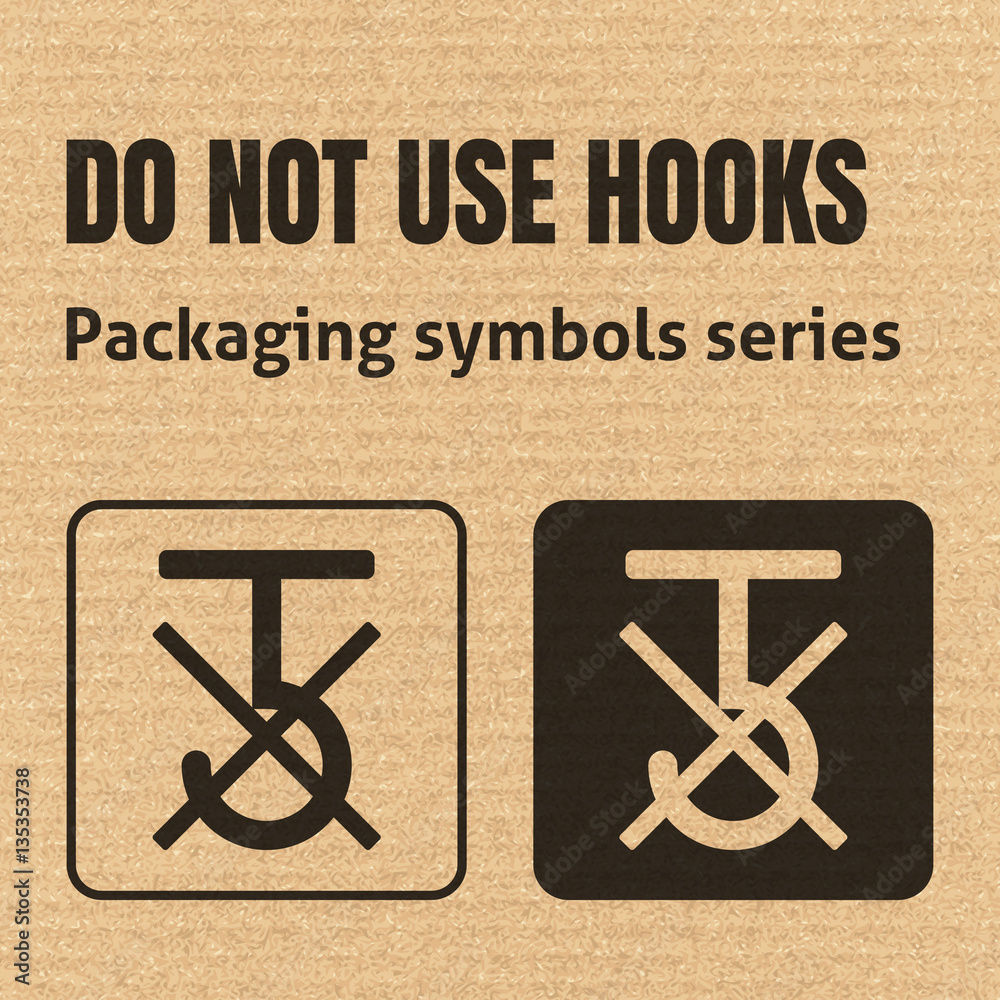Antwort When not to use hooks? Weitere Antworten – Where not to use Hooks
Don't call Hooks inside loops, conditions, or nested functions. Instead, always use Hooks at the top level of your React function, before any early returns. You can only call Hooks while React is rendering a function component: ✅ Call them at the top level in the body of a function component.✌️ Rules of Hooks
- Only call Hooks at the top level. Don't call Hooks inside loops, conditions, or nested functions.
- Only call Hooks from React function components. Don't call Hooks from regular JavaScript functions. (There is just one other valid place to call Hooks — your own custom Hooks.
There are 3 rules for hooks:
- Hooks can only be called inside React function components.
- Hooks can only be called at the top level of a component.
- Hooks cannot be conditional.
What precautions should be taken when using Hooks : NEVER rig a hook improperly. NEVER use a worn-out or damaged hook. NEVER use a hook in extreme temperatures. NEVER use a hook in acidic conditions.
Are React hooks good or bad
React hooks have been generally well-received and are considered a positive development for React. js for several reasons: 1. **Simplified Component Logic:** Hooks allow developers to reuse stateful logic across components without the need for class components or higher-order components (HOCs).
What is the problem with React hooks : Hooks can only be called inside the body of a function component. There are three common reasons you might be seeing it: You might have mismatching versions of React and React DOM. You might be breaking the Rules of Hooks.
Hook wounds may appear minor to anglers, but damage to the gills, eyes, or internal organs can be fatal. If the fish is hooked deep in the throat or gut, research shows that it is best to cut the leader at the hook and leave the hook in the fish. Prolonged attempts to remove the hook often do more harm than good.
When the testing period finished, the results were extremely surprising. Some fish couldn't get enough of the hooks, with one being caught fifteen times in one year – the angler's dream fish. Others, however, weren't fooled by the hook even once in the entire five-year period – an angler's worst nightmare.
How many times should you say a hook
That's why hooks in popular music are a single line or combination of two lines that last four to eight bars. It's common to hear the hook in either the chorus, pre-chorus, intro, or verse. However, you can place your hook wherever you wish. Just make sure it repeats at least once throughout the song.A hook is an opening statement (which is usually the first sentence) in an essay that attempts to grab the reader's attention so that they want to read on. It can be done by using a few different types of hooks, which are a question, quote, statistic, or anecdote.Don't call Hooks inside loops, conditions, or nested functions. Instead, always use Hooks at the top level of your React function, before any early returns. By following this rule, you ensure that Hooks are called in the same order each time a component renders.
One such criterion is the requirement for safety latches. This provision was intended to prevent the components from becoming accidentally unfastened from the hook and falling on the worker below.
What are the disadvantages of React hooks : When building large-scale applications with React, it's important to be aware of the downsides of using hooks, as they can potentially lead to complex and difficult-to-debug code. One downside of hooks is that they can make it harder to understand the flow of a component.
Are hooks better than Redux : Conclusion. Redux and React Hooks should be viewed as both complementary and distinct concepts. Redux can be used to assist you to manage the application data in projects of greater complexity, even though the new React Hooks additions useContext and useReducer allow you to control the global state.
Do fish feel pain from hooks
Yes, fish have pain receptors. Scientists have established that fish possess nerve endings called nociceptors that detect potential harm. Nociceptors are sensory receptors, often called pain receptors, that react to noxious stimuli, such as, say, a barbed hook piercing the lip.
Hook wounds were detected in 100 percent of angled bass on the day of angling and were still observed on greater than 90 percent of bass seven days after capture. In May, 27 percent of hook wounds were healed within six days, but only 12 percent were healed within six days during July.Fishes do have the ability to learn to recognize and avoid hooks and lures (see below), but in many cases, this only occurs where there are high rates of escapement or where fishes are deliberately returned to the water after capture (e.g., angling, recreational fisheries).
Are hooks painful for fish : Fish don't audibly scream when they're impaled on hooks or grimace when the hooks are ripped from their mouths, but their behavior offers evidence of their suffering—if we're willing to look.






